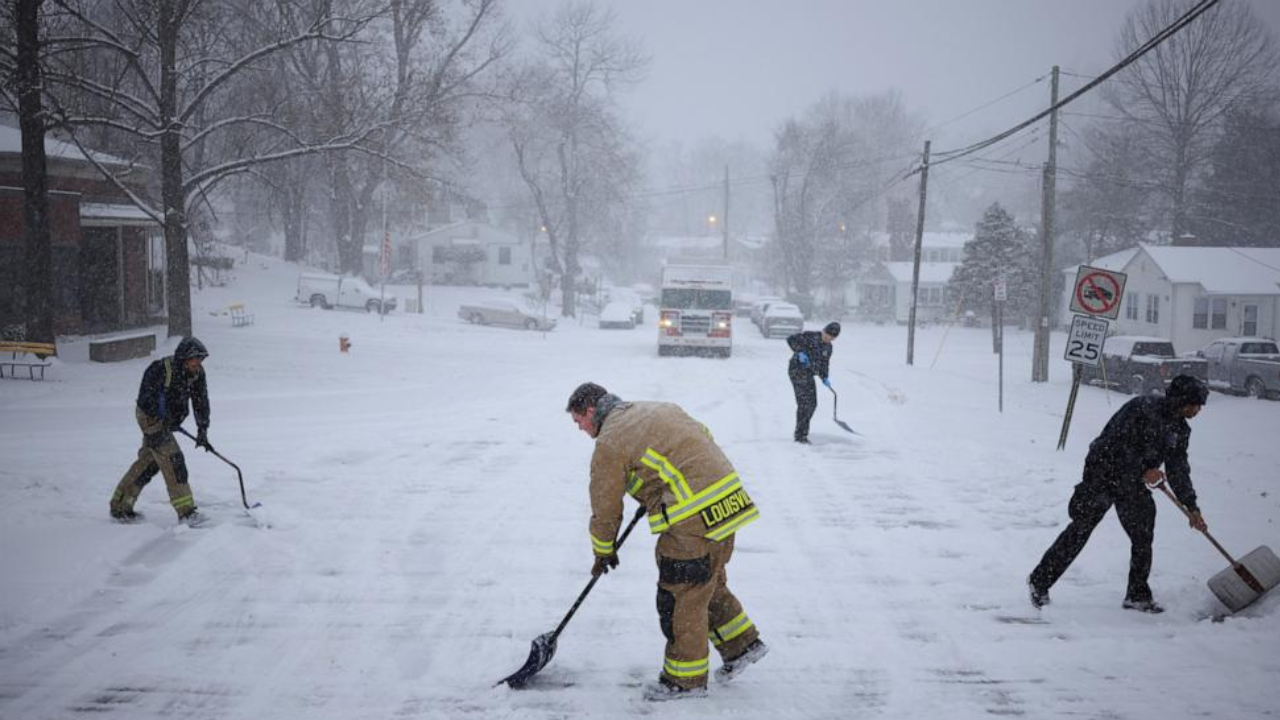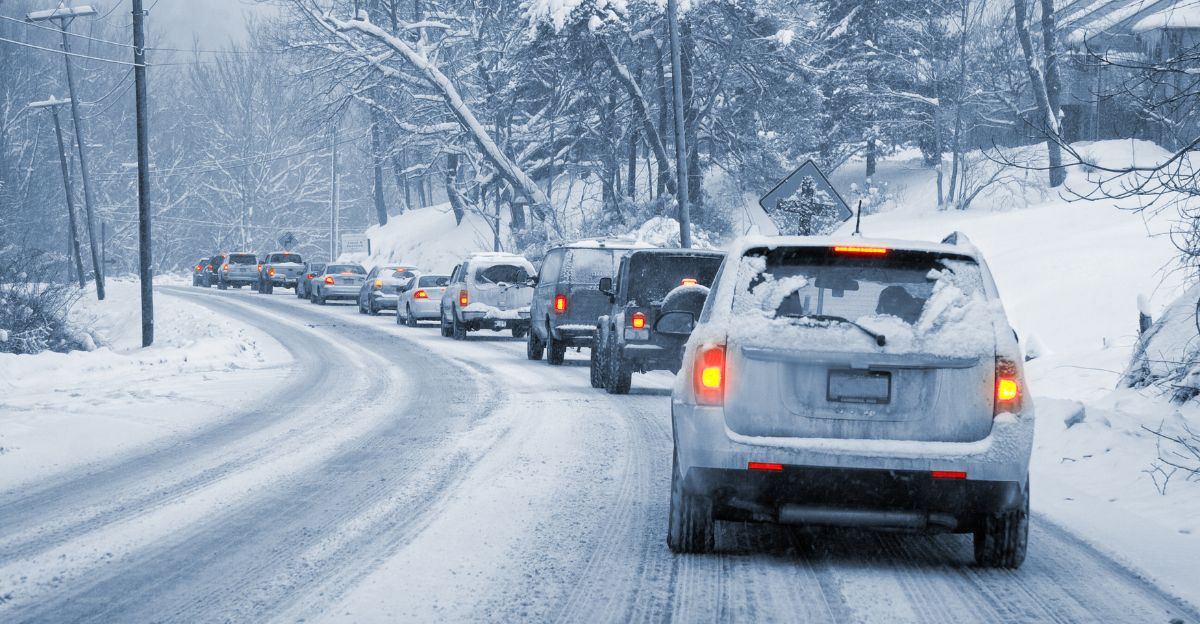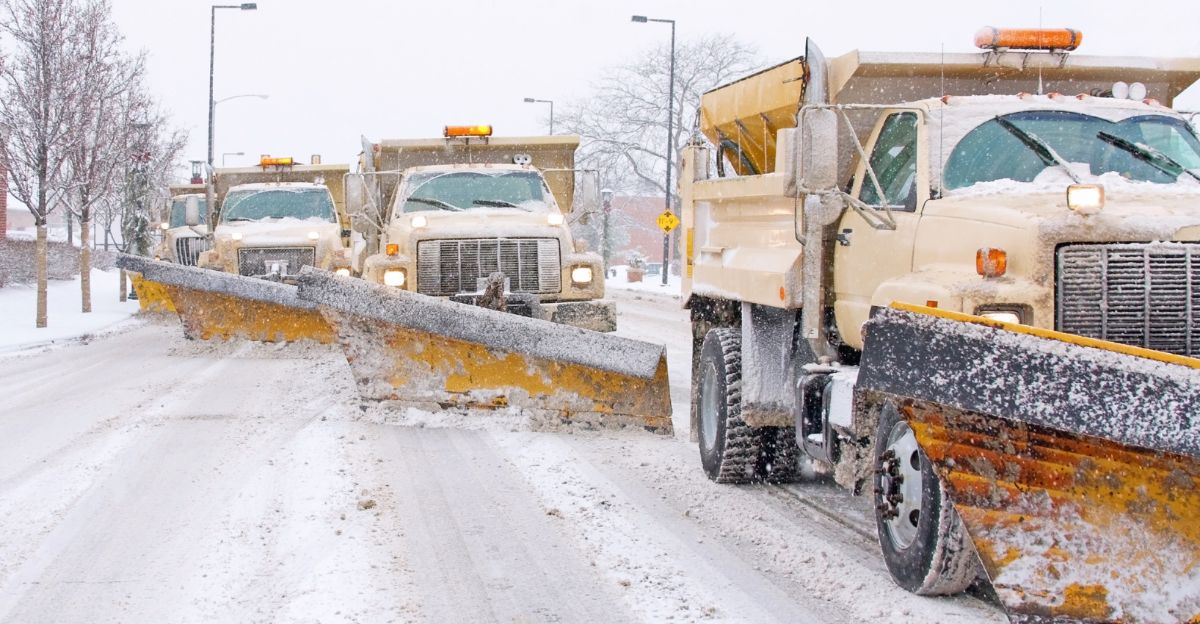
The first major snowstorm of the season swept across Washington’s North Cascades, transforming the region overnight and disrupting travel, recreation, and daily life. By Wednesday evening, snow was falling at rates of up to one inch per hour, quickly accumulating on mountain roads and prompting urgent warnings from weather officials. Highway 20, a vital route through the mountains, became hazardous and in some areas impassable as up to a foot of snow blanketed the roadway. The National Weather Service issued a winter weather advisory, cautioning that travel could become impossible and urging residents and travelers to prepare for rapidly changing conditions.
Storm Formation and Forecast

The intensity of the storm was driven by a collision of cold air and moisture from the Pacific, a combination that often produces heavy snowfall in the Cascades. Beginning Wednesday evening and forecast to continue through Friday morning, the system was expected to deliver up to 12 inches of snow along Highway 20 west of Washington Pass, with even greater totals possible at higher elevations such as Mount Baker. Meteorologists warned that the worst conditions would likely occur Wednesday night and Thursday morning, with treacherous travel persisting into Thursday night. The storm’s timing coincided with the region’s typical transition into winter, when early-season snowstorms are common and mountain passes become increasingly dangerous.
Travel Disruptions and Community Response

As snow piled up, travel through high-elevation passes became increasingly risky. Poor visibility and slick roads led to extended delays and forced closures in some areas, stranding vehicles and making cross-mountain travel nearly impossible. Residents in mountain communities were advised to prepare for potential power outages and limited access to services. The National Weather Service recommended keeping emergency supplies—food, water, and winter gear—on hand, and urged travelers to avoid unnecessary trips during peak storm conditions. Local authorities and emergency management teams worked together to issue timely alerts, helping people make informed decisions and stay safe.
Impact on Recreation and Local Economy
The storm’s arrival had mixed effects on recreation and tourism in the North Cascades. While hazardous roads and accumulating snow disrupted late-season tourism and made hiking and cross-mountain travel difficult, ski resorts such as Mount Baker welcomed the early snowfall as a boost for winter operations. Businesses catering to summer visitors began closing for the season, while those focused on winter activities prepared for increased demand. The economic impact was felt most acutely in remote and high-elevation areas, where commerce depends heavily on seasonal tourism and reliable access to mountain passes.
Highway 20 and Avalanche Risk

Highway 20, also known as the North Cascades Highway, is among the most avalanche-prone roads in the United States. Each year, it typically closes by mid-November due to snow and avalanche danger, remaining shut until spring. This storm arrived just ahead of the anticipated seasonal closure, underscoring the challenges of maintaining safe passage through the mountains as winter sets in. Residents living at higher elevations were reminded to check heating systems, stock up on supplies, and prepare for extended isolation if conditions worsened.
Winter Safety and Looking Ahead

With the North Cascades region known for some of the heaviest snowfall in the country—Mount Baker holds national records—early November storms signal the start of a long, snowy season. Forecasts suggest that more frequent winter storms are likely in the coming months, and communities are bracing for several months of challenging weather. Travelers are advised to carry tire chains, monitor official weather updates, and keep emergency supplies ready before venturing into affected areas. Proper preparation and caution are essential to prevent travel disasters and ensure safety during winter storms.
As the snowstorm marks the beginning of winter in the North Cascades, residents and visitors alike are adapting to the rhythm of the season. Accumulating snow will soon lead to the closure of mountain highways, the launch of the ski season, and ongoing winter conditions that may persist through April. The stakes are high for local communities, businesses, and travelers, as the region prepares for another season shaped by the legendary snowfall and unpredictable weather of the Cascades.